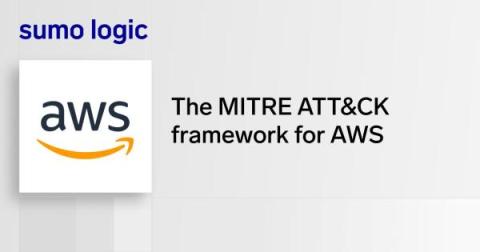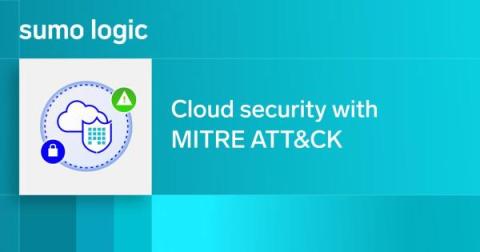How does your AWS environment stand up to the MITRE ATT&CK framework?
In today’s digital age, adopting public cloud platforms like Amazon Web Services (AWS) security means reinforcing them. AWS is a complex and versatile platform. When problems or security incidents arise, it's important to have a systematic approach to investigation and analysis or it can quickly become noisy with lots of false positives. This is where the Adversarial Tactics, Techniques, and Common Knowledge (MITRE ATT&CK) framework can help.











